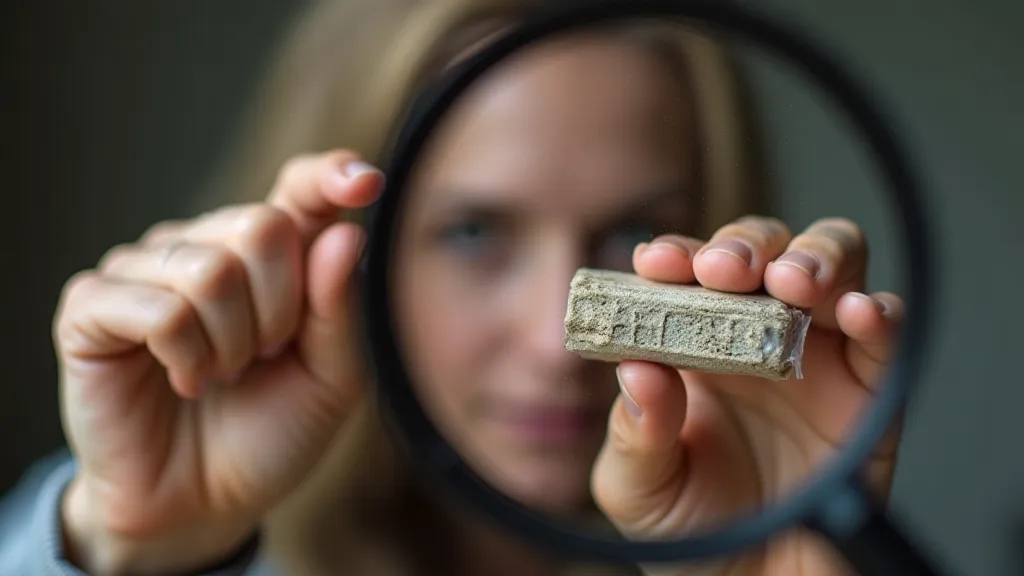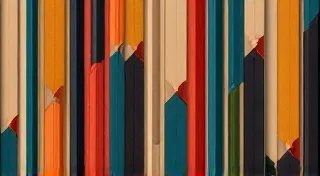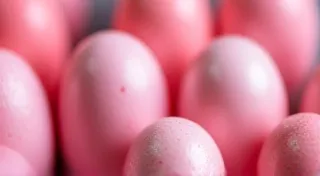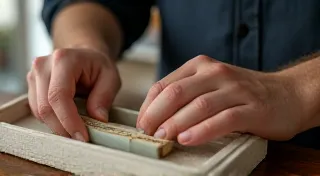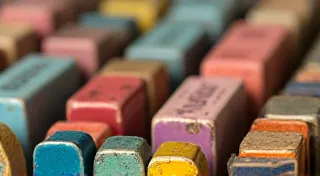The History of Rubber Composition: From Natural to Synthetic
For collectors of vintage pencil erasers, understanding the evolution of rubber composition is paramount. It’s not just about appreciating the aesthetic charm of an old-fashioned Pink Pearl or a rare Marathon; it’s about understanding the materials that shaped these collectibles and influenced their rarity, durability, and ultimately, their value. This article delves into the fascinating history of rubber composition, from its natural origins to the development of synthetic alternatives, and how these changes impacted the erasers we now covet.
The Early Days: Natural Rubber - A Sticky Situation
Before the advent of synthetic rubber, erasers were made almost exclusively from natural rubber, primarily derived from the Hevea brasiliensis tree, native to the Amazon rainforest. The indigenous people of South America had long utilized rubber, observing its unique properties – its elasticity, its ability to erase pencil marks, and its water-resistant qualities. However, the widespread use of rubber in manufacturing, and specifically in erasers, didn’t begin until the mid-19th century.
Early natural rubber erasers were problematic. Raw rubber is quite soft and sticky. It needed significant processing to become usable for erasing. Early methods involved sulfur vulcanization, a process discovered by Charles Goodyear and Thomas Hancock around 1845. Vulcanization involves heating rubber with sulfur, creating cross-links between the polymer chains, transforming the sticky mass into a more durable and elastic material. This was a revolutionary step, but the quality and consistency of natural rubber still varied considerably.
The quality of the rubber directly impacted the eraser's performance. Poor quality rubber resulted in erasers that were brittle, crumbled easily, and didn’t erase well. High-quality rubber, while superior, was expensive, resulting in more premium erasers. The characteristic pink color commonly seen in vintage erasers often came from adding red lead or ochre during the mixing process – these pigments were readily available and relatively inexpensive. The pigments also helped to mask any imperfections in the rubber.
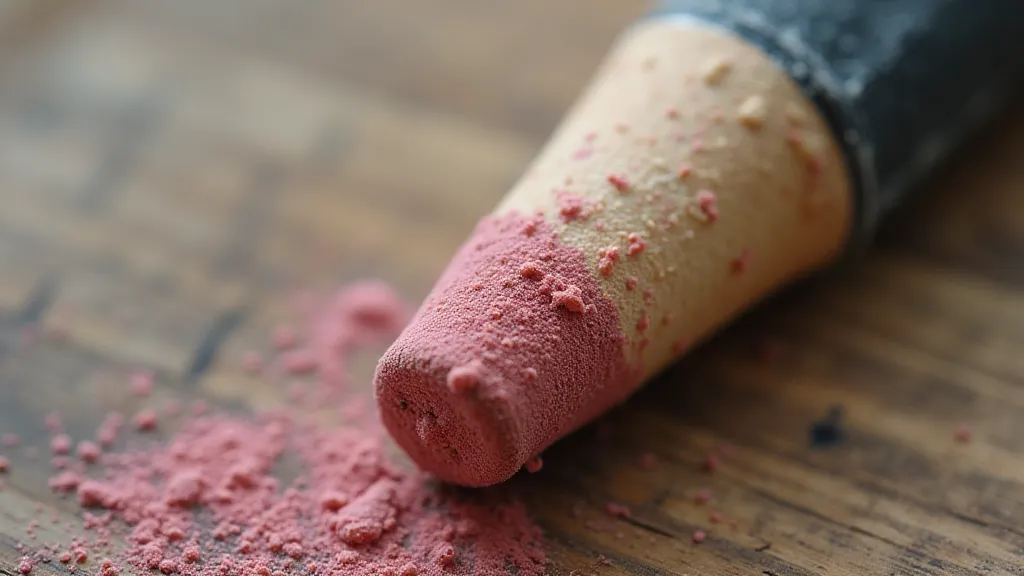
The Rise of Vegetable Oil Additives
While vulcanization improved rubber’s durability, early natural rubber erasers were still prone to crumbling and leaving residue on paper. To combat this, manufacturers began experimenting with adding vegetable oils during the mixing process. Oils like linseed oil, olive oil, and castor oil helped to plasticize the rubber, making it softer and more pliable. These additions significantly improved the erasing performance and reduced crumbling.
The type of oil used often impacted the eraser’s texture and density. Erasers made with heavier oils tended to be softer and left less residue, while those with lighter oils were firmer. The impact of these evolving formulations is an area that's frequently explored by seasoned collectors, particularly when researching specific eras of eraser production. This era (late 19th to early 20th century) saw a flourishing of different eraser styles and formulations, each with its own unique erasing characteristics.
The Synthetic Revolution: A New Era in Rubber Technology
The early 20th century brought about a pivotal shift: the development of synthetic rubber. World War I dramatically highlighted the reliance on natural rubber imports, creating a strategic need for a domestically produced alternative. German chemists, facing rubber shortages during the war, pioneered the creation of butadiene-based synthetic rubber. This marked the beginning of a new era in rubber technology. The effects of this scarcity and the subsequent innovation profoundly shaped the eraser landscape, and continue to be a source of intense interest among collectors seeking to understand the historical context of their finds. For those deeply interested in this period, further investigation into The Impact of World War II on Eraser Production can provide valuable insight.
Initially, synthetic rubber (initially called “Buna”) was expensive and not quite as resilient as natural rubber. However, advancements in production techniques gradually lowered the cost and improved its properties. Following WWII, synthetic rubber became increasingly common in various products, including pencil erasers.
The introduction of synthetic rubber in erasers brought several advantages. It was more consistent in quality, less susceptible to variations in humidity and temperature, and could be produced in greater quantities. It also allowed manufacturers to create erasers with specific properties – for example, erasers designed to be particularly soft or designed to leave minimal residue.
The Evolution of Eraser Materials Beyond Traditional Rubber
The drive for improved erasing performance didn’t stop with synthetic rubber. Throughout the mid-to-late 20th century, manufacturers continued to explore alternative materials and formulations. Plasticized vinyl (PVC) erasers became popular, offering a durable and inexpensive option. These erasers, however, were often criticized for leaving a greasy residue on paper.
The development of putty rubber, a blend of synthetic rubber and mineral oil, offered a unique erasing experience – soft and pliable, ideal for delicate surfaces and removing stubborn marks. These erasers are often found in art supply stores today.
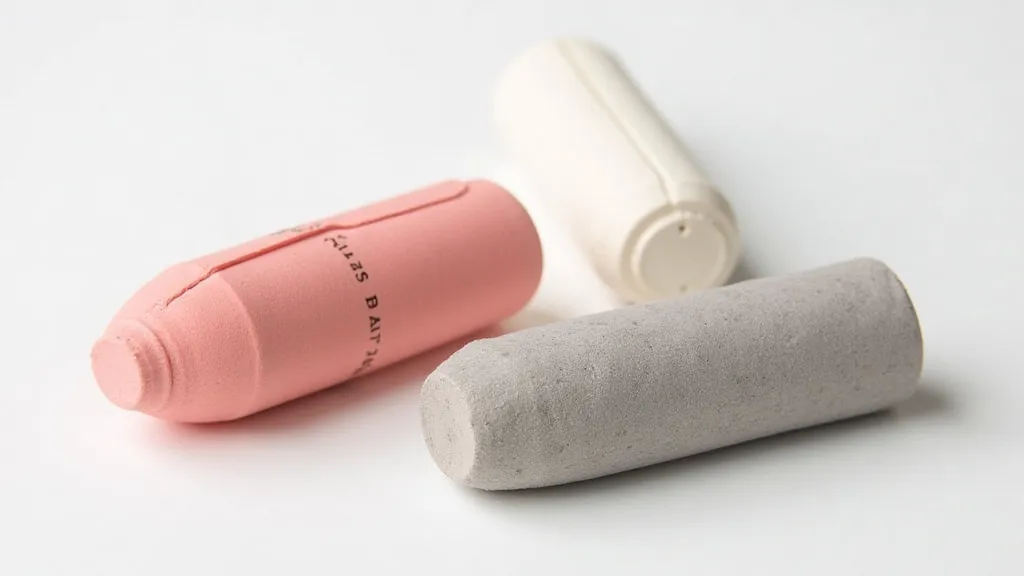
The Rise of the Pink Pearl and Other Iconic Erasers
Within the history of erasers, certain models achieve iconic status, becoming highly sought-after by collectors. The Rise and Fall of the Pink Pearl Eraser is a particularly fascinating story. Its popularity soared in the early to mid-20th century, but changes in manufacturing processes and the introduction of synthetic alternatives gradually diminished its prevalence. Understanding the factors that influenced its production and availability provides collectors with a deeper appreciation for its rarity and value.
Impact on Collectibility and Value
Understanding the history of rubber composition is crucial for collectors of vintage pencil erasers. Certain erasers are significantly rarer and more valuable due to the materials used in their production.
- Early Natural Rubber Erasers: These are generally more prized, particularly those from well-known manufacturers and in excellent condition. Their age and rarity contribute to their value.
- Erasers with Unique Oil Formulations: Variations in oil blends can significantly impact erasing performance and collector interest.
- Transitional Erasers: Erasers that represent the shift from natural to synthetic rubber are often of interest, showcasing a crucial turning point in eraser technology.
- Erasers Made During Material Shortages: Periods like World War II sometimes resulted in the use of alternative materials or production techniques, creating unusual and collectible erasers.
- Manufacturers’ Markings & Labels: The presence of a clear and legible manufacturer’s marking or original label significantly enhances the value of vintage erasers. Collectors often specialize in particular brands, meticulously documenting their production history and variations.
- Color Variations: While the characteristic pink hue is common, variations in color, often due to subtle differences in pigment mixing, can also influence collector interest and value.
The condition of the eraser is, of course, paramount. A well-preserved eraser, free from cracks, crumbling, or significant discoloration, will always command a higher price. The original label or packaging, if present, can also significantly increase value. Examining manufacturer’s practices and historical context is vital for assessing an eraser’s authenticity and potential worth.
The Future of Eraser Collecting
As our appreciation for vintage stationery continues to grow, so does the demand for knowledgeable collectors. The history of rubber composition isn't just a technical detail; it’s a key to understanding the story behind each eraser. It’s a fascinating glimpse into the evolution of materials science and the ingenuity of manufacturers striving to create the perfect erasing experience. For those who wish to further refine their knowledge, considering the nuances of Manufacturer Spotlight: Blick & Diehl Erasers and other specialized producers can offer valuable insights. By understanding these nuances, collectors can better appreciate the history and value of these humble, yet essential, tools.
